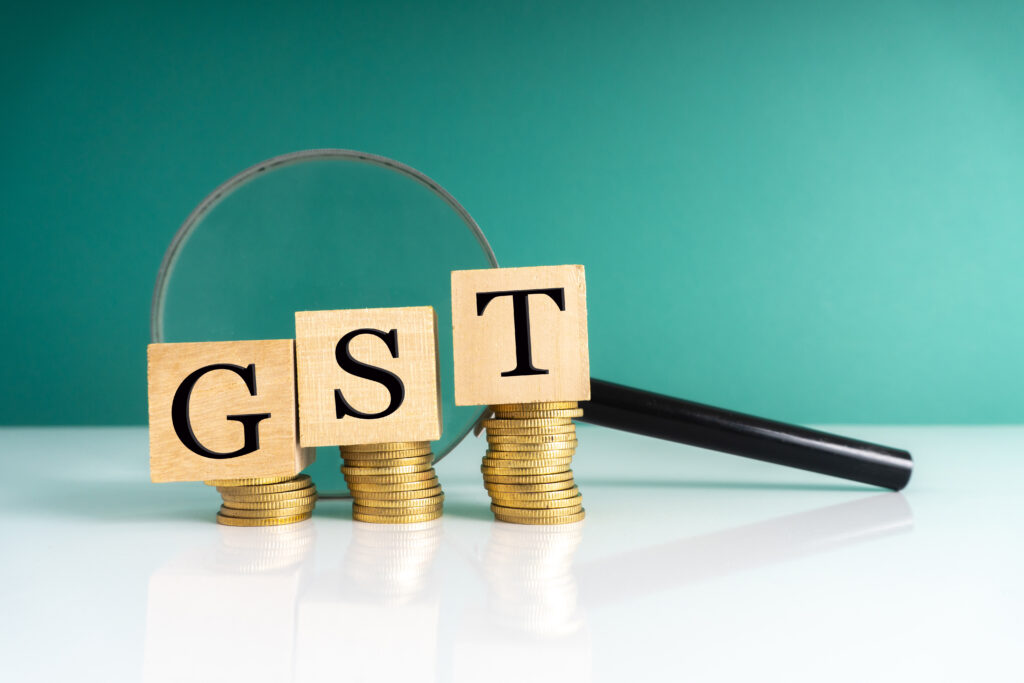India has taken a major leap forward in its tax landscape with the launch of next-generation GST reforms, popularly known as GST 2.0. Prime Minister Narendra Modi announced these reforms with a vision to make the tax system simpler, more citizen-friendly, and growth-oriented. The initiative is being celebrated as a “Bachat Utsav” or “Savings Festival,” aiming to give relief to citizens, encourage higher consumption, and promote the goal of Atmanirbhar Bharat (Self-reliant India).
Key Features of GST 2.0
The reforms mark one of the most significant overhauls of the Goods and Services Tax since its introduction in 2017.
1. Simplified Tax Slabs
One of the biggest changes is the simplification of GST rates. The earlier system had multiple slabs of 5%, 12%, 18%, and 28%, which often created confusion. Under GST 2.0, the slabs have been consolidated into two primary rates — 5% and 18% — with a higher rate reserved only for luxury or demerit goods.
2. Lower Taxes on Essentials
Many items that previously attracted 12% GST have been moved to the 5% slab, which directly impacts household budgets. Food staples, medicines, and everyday necessities are now more affordable, offering relief to lower and middle-income households.
3. Relief for MSMEs and Small Traders
The government has also taken steps to simplify compliance for small businesses and Micro, Small and Medium Enterprises (MSMEs). Reduced paperwork, easier return filing, and faster input tax credit processing are expected to improve business efficiency and encourage more traders to join the formal economy.
4. Digital-First Approach
GST 2.0 introduces advanced digital systems to automate compliance. AI-driven reconciliation tools, improved e-invoicing, and real-time data matching will reduce fraud and ensure seamless transactions for businesses.
5. Focus on Swadeshi Goods
Prime Minister Modi emphasized that this reform is not only about savings but also about strengthening India’s domestic industries. Citizens are encouraged to buy “Made in India” products, supporting local manufacturers and reducing import dependency.
How Citizens Benefit

1. Direct Household Savings
With lower GST rates on essentials, families can expect a noticeable drop in monthly expenses. Groceries, medicines, and household goods now cost less, allowing more room for savings or discretionary spending.
2. Boost in Consumer Sentiment
The reforms were strategically launched ahead of the festive season to encourage higher spending. Reduced prices are likely to stimulate demand for electronics, home appliances, and personal care items, resulting in a consumption-led boost to the economy.
3. Healthcare and Insurance Relief
The cost of health insurance premiums and medical services is expected to come down under the new structure, making quality healthcare more accessible to the masses.
Impact on Businesses and the Economy
1. Lower Compliance Costs
For businesses, particularly MSMEs, the new GST regime means reduced compliance burden. Filing returns will be faster, reconciliation will be automated, and penalties for minor errors have been reduced. This is expected to improve ease of doing business and free up resources for growth and innovation.
2. Improved Formalization
Simpler tax structures encourage small traders and manufacturers to enter the formal tax net. This will expand the taxpayer base and eventually increase government revenue, even with lower rates.
3. Support for Domestic Manufacturing
By encouraging citizens to buy Indian goods and offering tax relief on locally manufactured items, GST 2.0 supports the “Make in India” mission. This will create new jobs, reduce imports, and strengthen the manufacturing sector.
A Push Toward Self-Reliance

Prime Minister Modi described GST 2.0 as a step toward building a self-reliant nation. Lower taxes make Indian products more competitive, both domestically and globally. The reforms are designed to empower small businesses, reduce the cost of production, and encourage innovation, thereby laying the groundwork for a robust economy that depends less on imports.
Economic Impact and Growth Potential
The government estimates that these reforms could result in savings of over ₹2.5 lakh crore annually for citizens. This additional disposable income is expected to fuel demand, creating a multiplier effect on the economy. Increased demand will lead to higher production, more job opportunities, and stronger GDP growth.
Moreover, by cutting down compliance complexities, businesses can focus on expansion and product development rather than navigating bureaucratic hurdles. This is a critical step in making India one of the easiest places in the world to do business.
Challenges Ahead
While the reforms are ambitious, there are challenges to overcome:
- Revenue Management: With lower tax rates, the government will need to rely on increased compliance and higher consumption to maintain revenue levels.
- Price Pass-Through: It will be important to ensure that businesses actually pass on the tax benefits to consumers rather than absorbing them.
- Implementation at State Level: GST is a cooperative federal tax system, so smooth coordination between the Centre and states will be essential for success.
Why the Timing Matters
The decision to launch GST 2.0 just before the festive season is strategic. Consumer confidence is already high during this period, and the additional savings are expected to further boost spending. This can have a cascading effect on retail, manufacturing, logistics, and e-commerce sectors, which together account for a significant share of India’s GDP.
Conclusion
The launch of next-generation GST reforms marks a new chapter in India’s economic journey. By simplifying tax structures, reducing costs for households and businesses, and aligning policy with the vision of self-reliance, the government has taken a bold step toward inclusive growth.
GST 2.0 is more than a tax reform — it is a statement of intent. It signals India’s determination to create a transparent, efficient, and citizen-friendly tax regime that promotes savings, supports domestic manufacturing, and fuels economic expansion. If implemented effectively, these reforms could become a cornerstone of India’s growth story for the next decade.

